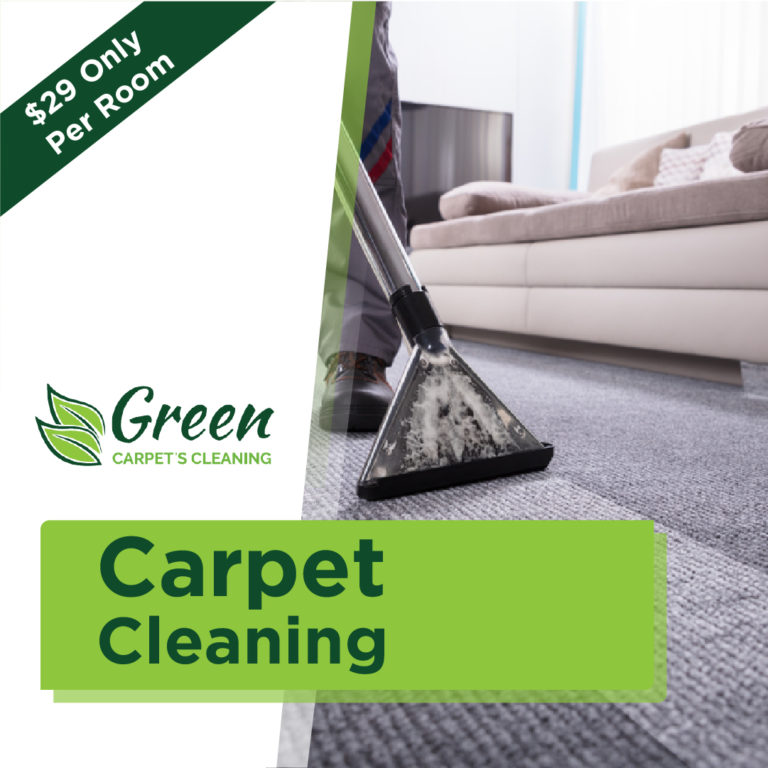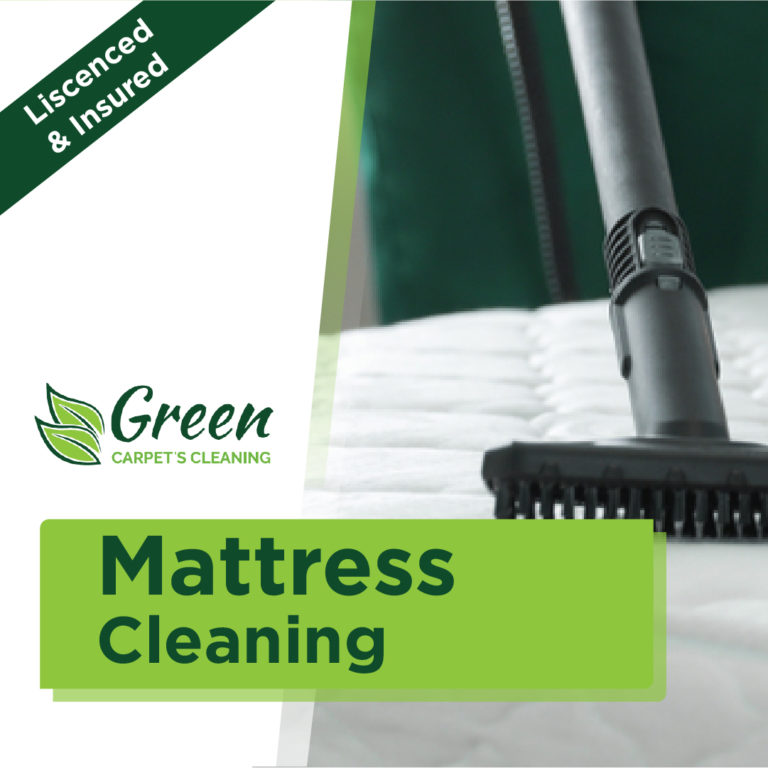How to Clean Drapes or Curtains
Drapery Cleaning in Monrovia — Curtains and drapes get filthy and dirty from time to time. Not only is this unsightly, but may be a health problem for those who have allergies. Professional dry-cleaning is the safest path, but in homes, the window treatments amount to a good deal of fabric that would be expensive to dry-clean. Are there options for cleaning drapes without the expense of dry-cleaning?
The answer is yesin certain scenarios. Although dry-cleaning could possibly be the only choice for some premium cloths, some can be washed in a clothes washer, and many others may be brushed and vacuumed to remove dust and grime.
Fabric Type Makes a Difference
The kind of fabric and the drapes are assembled may dictate the way you clean them.
Curtains and drapes with pleats or swags: Consistently dry-clean these. If the fabric itself is washable, the linings and stitches can shrink or come apart under machine- or hand-washing.
Wool and cashmere: Consistently dry-clean these materials.
Cotton: Drapes made out of cotton may be hand- or machine-washed, given they are unlined.
Fabrics: Dry-cleaning solvents may degrade artificial fabrics, so these should be hand- or machine-washed or cleaned by a support that is professional.
Silk curtains: These can usually be hand-washed. Use mild dishwashing soap and hand action that is tender. Other fabrics may be treated the same way. They need to be hung up, to dry.
Sheer drapes: These need cleaning more frequently since they will become discolored if you wait too long between cleanings. These are fabrics which needs to be soaked clean in cold water with a mild detergent. Use the cycle possible, and only if the fabric is suitable if using a system. To dry, place sheer curtains in a drier without heat and include two or one soft terry-cloth towels.
Weekly Vacuuming
For weekly attention, you can use the upholstery attachment on your vacuum cleaner to vacuum drapes. The shirts of the folds along with your drapes will collect dust, so make certain to dust the surface region, top to bottom. If you don’t have a brush attachment on your vacuum, you may use a broom with synthetic fibers to help keep dust from building up. Vacuuming your drapes will help reduce allergies as well.
Testing for Home Washing
If your curtains and curtains seem to be candidates for equipment – or hand-washing, always be certain that you check the fabric. Pick on a concealed corner and examine the fabric in a little bowl of detergent and warm water to find out if the color begins to bleed. If it does, or some other noticeable changes happen, take it to a dry cleaner rather
Your drapes may come with care instructions that suggest if you can wash yourself or if they need cleaning. The liner might not be even if the fabric itself is secure for washing.
Strategies for Cleaning at Home
Be sure before washing to remove hangers all hooks, and other hardware out of your drapes.
Don’t forget to some part of the drapery, curtain rods, finials, and dust valances that will collect dust.
Give your curtains a gentle as you draw them shut every 13, shaking.
Picking a Dry Cleaner or Professional Cleaning Service
Not all business cleaners have been seasoned with cleaning fine draperies. Always ask questions to determine if they are qualified. Check online consumer reviews for a firm that is reputable.
HOW OFTEN SHOULD YOU CLEAN YOUR CURTAINS in Monrovia
What is the best fabric for Drapery in Monrovia














